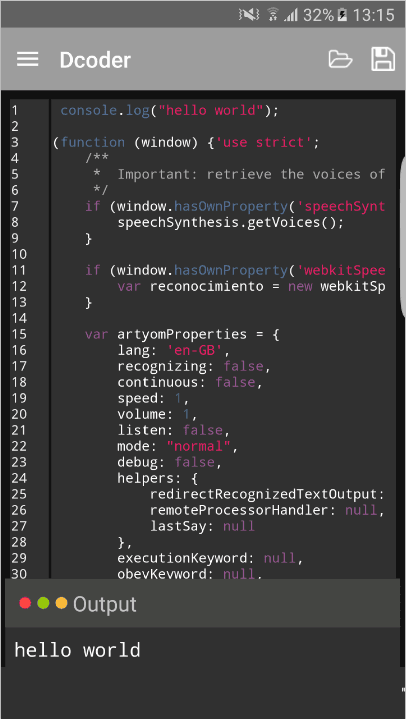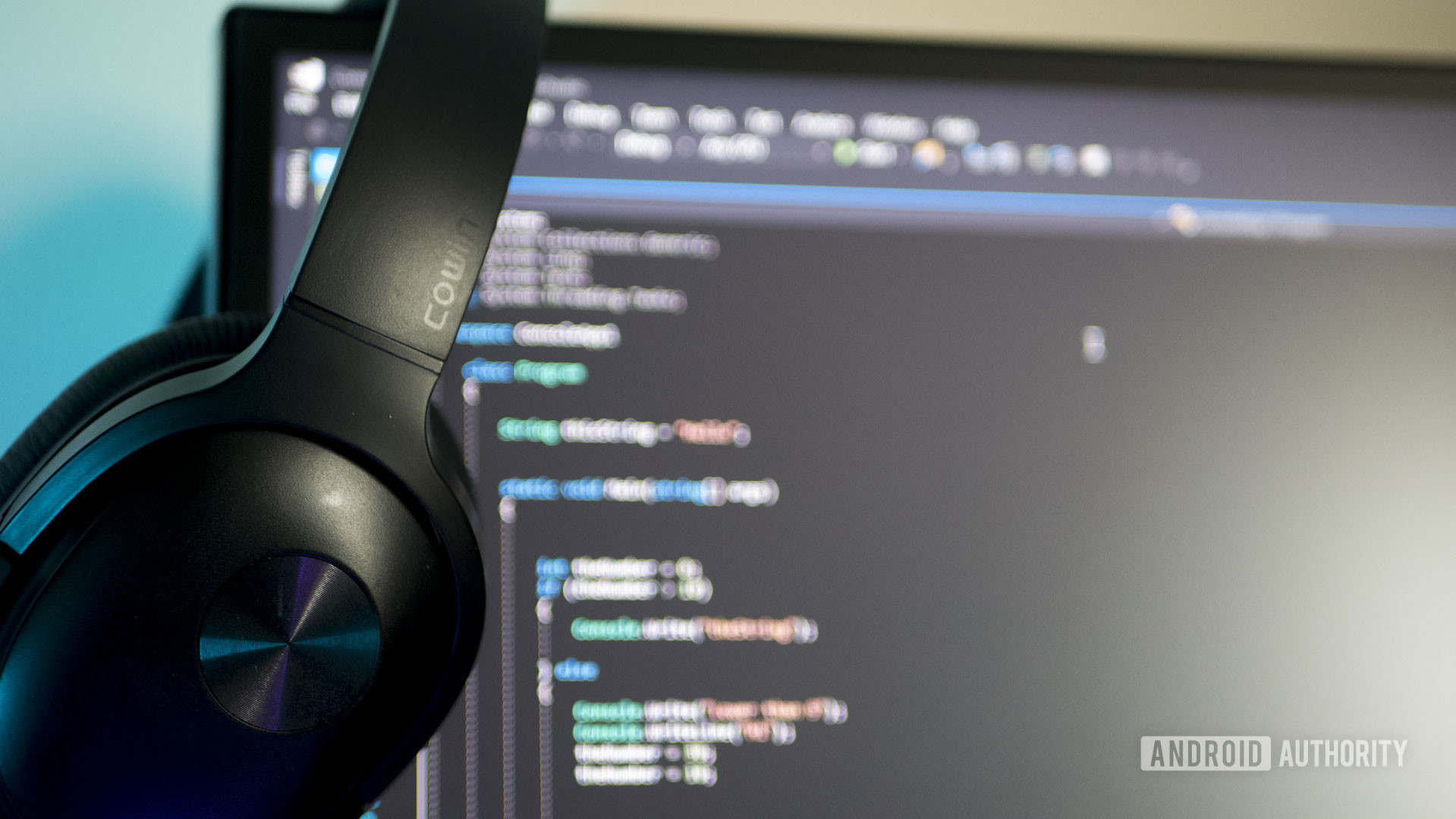Now, we’re going to take our application, and deploy it as an Androidapplication.
- Web Python Runner
- Python Interpreter
- Python Runner For Android
- Python Code Runner Download
- Python Compilers Idle
- Python Runner For Android Studio
The process of deploying an application to Android is very similar to theprocess for deploying as a desktop application. Briefcase handles installingdependencies for Android, including the Android SDK, the Android emulator, anda Java compiler.
Create an Android app and compile it¶
Maybe most people use this python script on Android for personal purposes, for example debugging, or running simple server. It is also known that currently the simple server application is still not very complete, with the intention of mostly only providing data injection it’s simple, but if you use this python code you can inject more, for.
First, run the create command. This downloads an Android app template andadds your Python code to it.
Python Coding for Android Minecraft PE: The Raspberry PI version of Minecraft lets you script in Python, making fractal designs, drawings, turtle graphics, simple games, etc. The same thing can be done on a desktop version with my Raspberry Jam Mod (here is my Instructable on how to use i. Run Python On Android Tutorial – Getting Started With QPython3 App. So now we will learn how to run python programs on QPython3 android app. So we will go through step-by-step. Download QPython3 From Play Store. First of all you have to download this app from play store. This is link for downloading QPython3. Run Python On Android. You can now run Python scripts on your Android Device! Press on a program such as speak.py A little popup will be shown. Pressing on the terminal icon will start the Python script. The third button (the pencil) will open an editor. This is not a full blown IDE but a simple editor.
When you run briefcasecreateandroid for the first time, Briefcasedownloads a Java JDK, and the Android SDK. File sizes and download times can beconsiderable; this may take a while (10 minutes or longer, depending on thespeed of your Internet connection). When the download has completed, you willbe prompted to accept Google’s Android SDK license.
Once this completes, we’ll now have an android directory in our project.This directory will contain a HelloWorld folder, which will contain anAndroid project with a Gradle build configuration. This project will containyour application code, and a support package containing the Python interpreter.
We can then use Briefcase’s build command to compile this into an AndroidAPK app file.
Gradle may look stuck
During the briefcasebuildandroid step, Gradle (the Android platformbuild tool) will print CONFIGURING:100%, and appear to be doing nothing.Don’t worry, it’s not stuck - it’s downloading more Android SDK components.Depending on your Internet connection speed, this may take another 10 minutes(or longer). This lag should only happen the very first time you runbuild; the tools are cached, and on your next build, the cached versionswill be used.
Run the app on a virtual device¶
We’re now ready to run our application. You can use Briefcase’s run commandto run the app on an Android device. Let’s start by running on an Androidemulator.
To run your application, run briefcaserunandroid. When you do this,you’ll be prompted with a list of devices that you could run the app on. Thelast item will always be an option to create a new Android emulator.
We can now choose our desired device. Select the “Create a new Androidemulator” option, and accept the default choice for the device name(beePhone).
Briefcase run will automatically boot the virtual device. When the deviceis booting, you will see the Android logo:
Android virtual device booting¶

Once the device has finished booting, Briefcase will install your app on thedevice. You will briefly see a launcher screen:
Android virtual device fully started, on the launcher screen¶

The app will then start. You’ll see a splash screen while the app starts up:
The first time the app starts, it needs to unpack itself onto the device. Thismay take a few seconds. Once it’s unpacked, you’ll see the Android version ofour desktop app:
Demo app fully launched¶
If you fail to see your app launching, you may need to check your terminalwhere you ran briefcaserun and look for any error messages.
In future, if you want to run on this device without using the menu, you canprovide the emulator’s name to Briefcase, using briefcaserunandroid-d@beePhone to run on the virtual device directly.
Run the app on a physical device¶
If you have a physical Android phone or tablet, you can connect it to yourcomputer with a USB cable, and then use the Briefcase to target your physicaldevice.
If Briefcase can detect the device, it will appear in the run output. Thefirst time you use a device for development, it may report itself as an“Unknown device (not authorized for development)”:
Android requires that devices be placed into “developer” mode before you canload an app onto the device. Select the “unknown” device, and you’ll be showna link that shows you how to enable developer mode.
Web Python Runner
Once developer mode has been enabled you can re-run briefcaserunandroid:
This time, we get the name of the device, and it’s serial number (in this case,a Pixel 3a).

In the future, if you want to run on this device without using the menu, you canprovide the phones’s serial number to Briefcase, using briefcaserunandroid-d94ZZY0LNE8. Thi will run on the device directly, wthout prompting.
Note
When you’re developing for Android, it’s useful to be able to view theAndroid logs. To view the Android logs without the background noise fromthe rest of the system, you can run adblogcat-sMainActivity:*stdio:*Python:*. Anything your app writes to stdout (e.g., the output ofprint() statements) will be visible in the logs.
Next steps¶
Python Interpreter
We’ve now got an application on our phone! Is there another way todeploy a BeeWare app? Turn to Tutorial 6 to findout…
Python has been ported to a number of specialized and/or older platforms,listed below in alphabetical order. Note that these ports often lagwell behind the latest Python release.

AIX binary packages for Python3 and Python2 are provided by AIXTOOLS for no-charge. The packages are supplied in installp format (not RPM format). There are no pre-requisites other than a recent version of openssl.base.
See the AIXTOOLS wiki for additional details. The download page for Python 3 is at http://www.aixtools.net/index.php/python3 and the download page for Python 2 is at http://www.aixtools.net/index.php/python2.
For issues concerning the installation of AIXTOOLS packaging of Python please post your issue at http://forums.rootvg.net/aixtools.
Both Python 2 and Python 3 are available from IBM in RPM form. They can be installed with the yum package manager or with the IBM i Access Client Solutions product. To get started with RPM-based open source packages for IBM i, visit http://ibm.biz/ibmi-rpms.
These RPM packages require a version of IBM i in active (not extended) support. Alternatively, http://www.iseriespython.com hosts an IBM i port of Python 2.7, ported by Per Gummedal, which can also be run on older versions of the operating system.
Python Runner For Android
Pythonista is a complete development environment for writing Python scripts including third-party libraries and system integration on your iPad or iPhone.
Pyto also provides a complete development environment for running Python 3 including many third-party libraries and system integration on an iPad or iPhone.
Python Code Runner Download
Rocket Software provides a port of Python for z/OS. They support both Python 2 and Python 3.
Python Compilers Idle
Python is available for RISC OS, and can be obtained using the PackMan package manager.

You can purchase ActivePython(commercial and community versions, including scientific computing modules, not open source), or build fromsource if you have a C compiler.
UNIX Packages has a varietyof Python versions for a variety of Solaris versions. These use thestandard Sun pkgadd.
You can purchase ActivePython(commercial and community versions, including scientific computing modules, not open source)
Python Runner For Android Studio
You can purchase ActivePython(commercial and community versions, including scientific computing modules, not open source)